
Case Study: Bronsttijd
A coming of age film about a couple in their fifties.
Geplaatst op 26 oktober 2018Thomas Paschenegger is an Amsterdam based filmmaker. He is currently studying cinema at the University of the Arts Utrecht. As long as he can remember he wanted to be a movie director. He has a preference for art film with a message. Bronsttijd is inspired by his own thoughts about love and family relationships. To make the story as authentic as possible, he chose to rely on improvisation techniques.
“I believe improvisation can only work well if the actors have a lot of ammunition to use.”
The power of improvisation
“I made Bronsttijd (Rut) in the second year of my cinema studies at the University of the Arts Utrecht. We had to work with the theme “family”. This is obviously very broad, but we got a lot of time for research. At first I was struggling with finding a subject. I only knew I wanted to work with improvisation.”
“A big inspiration was the movie American Honey (2016, Andrea Arnold). I saw it in a moment after I was kind of in a rut myself after working on a remake movie assignment with a big group. Everything was thought out so much during prepoduction that there was no room for creating on set. We were just fitting puzzle pieces together. This felt very restricting for me. Seeing Andrea Arnold’s masterpiece was a great reminder in just the right time why I loved making movies in the first place.”
“Everything in American Honey felt so organic and real, almost like looking at real life. For those who haven’t seen it, it is about a group of troubled youths travelling through the US together and selling magazine subscriptions. The group is almost played entirely by amateurs who the director found on the street and who were playing more or less themselves which contributes to the authenticity. The movie was shot while the cast and crew travelled through the US together as well. They made the movie along the way with loads of improvisation. I could really see this in the end result. It felt like looking at moments that really happened instead of a thought up story. The truth probably lies somewhere in the middle.”
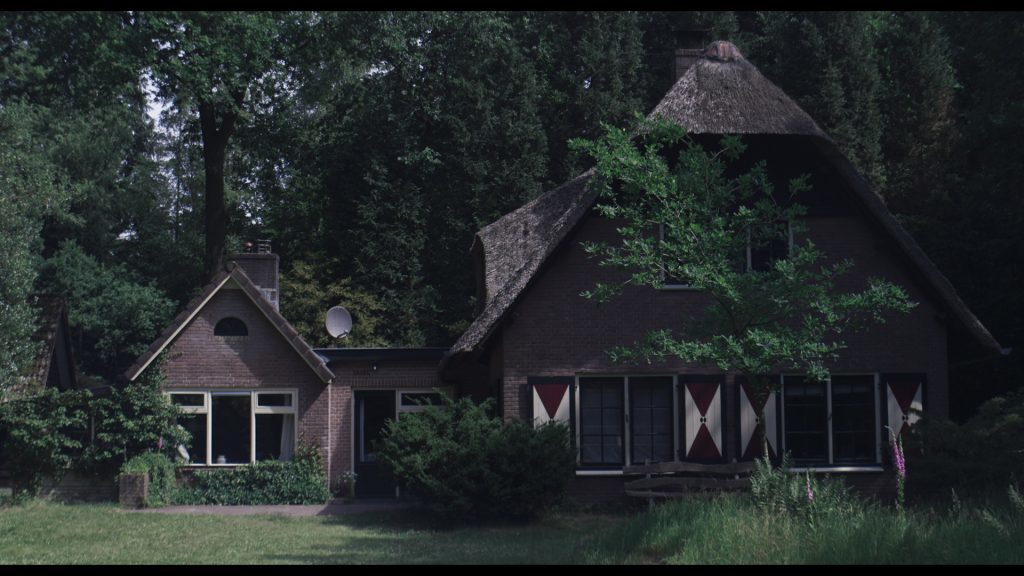
Personal inspirations
“I knew I wanted to create my family themed movie on location with cast and crew similar to American Honey, but I didn’t have a subject yet. My movies are mostly very personal and about something which occupies my mind at the moment. At the time I was coming to the realisation that the the type of relationship parents have with each other has a lot of influence on the later love life of their children. My parents were always very distant towards each other and did not show a lot of affection openly. This was something I struggled with and had to learn myself later in life. I felt this was a subject that wasn’t touched upon a lot in media and arts as well. An important and personal story to tell I thought.”
“For Bronsttijd I kind of turned the tables. The son’s new openly affectionate relationship serves as an inspiration or wake-up call for the parents, who haven’t been close for a long time. The setting would be a holiday home in the forest during mating season. This way the environment could be another catalyst as well. The family goes there for a weekend and gets to know the son’s new love, which has an effect they weren’t expecting. The parents go on a journey discovering affection and sexuality again. A coming-of-age story for a couple in their fifties so to say.”
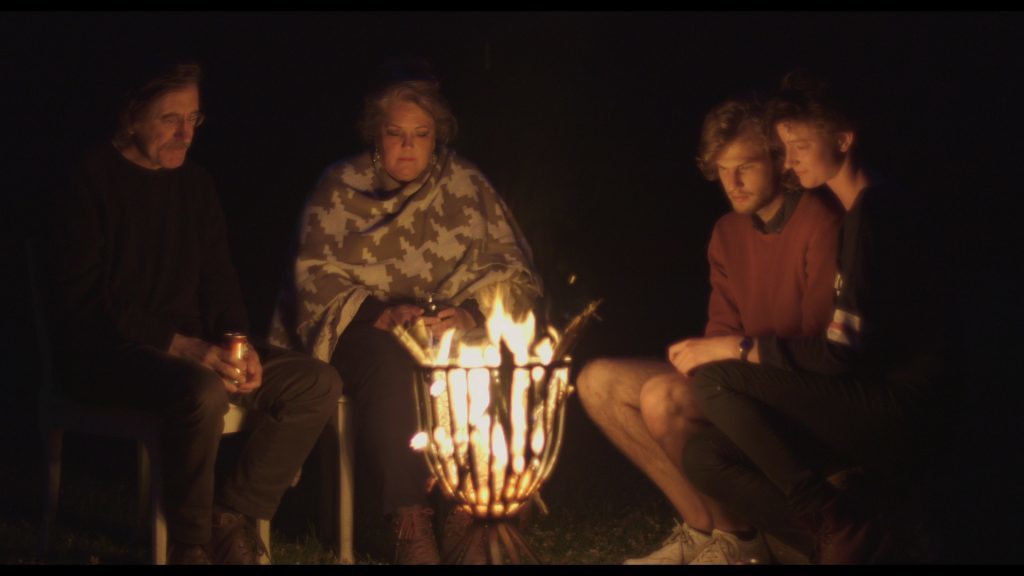
People and characters
“Together with the entire cast en crew we stayed in the house in the forest where we were shooting. We created the movie improvising on location for four days. Because I wanted to leave as much room as possible for improvisation on set I didn’t work with a screenplay but only with a treatment. I had outlines of scenes I wanted to shoot and the story arc within the scenes but no dialogue or shot list.”
“Before shooting I took a lot of time with the actors to create the characters. I believe improvisation can only work well if the actors have a lot of ammunition to use. With ammunition I mean back story, character traits, etc. To get the actors’ reactions as authentic as possible I wanted the characters to really be a part of the actors themselves. As thoroughly as you can create your characters, they are never going to be more profound than a real person. To achieve this realness, at first I molded the characters I had in mind in the image of the actors themselves after having long conversations with them about the subject and how it affected them in their own lives.”
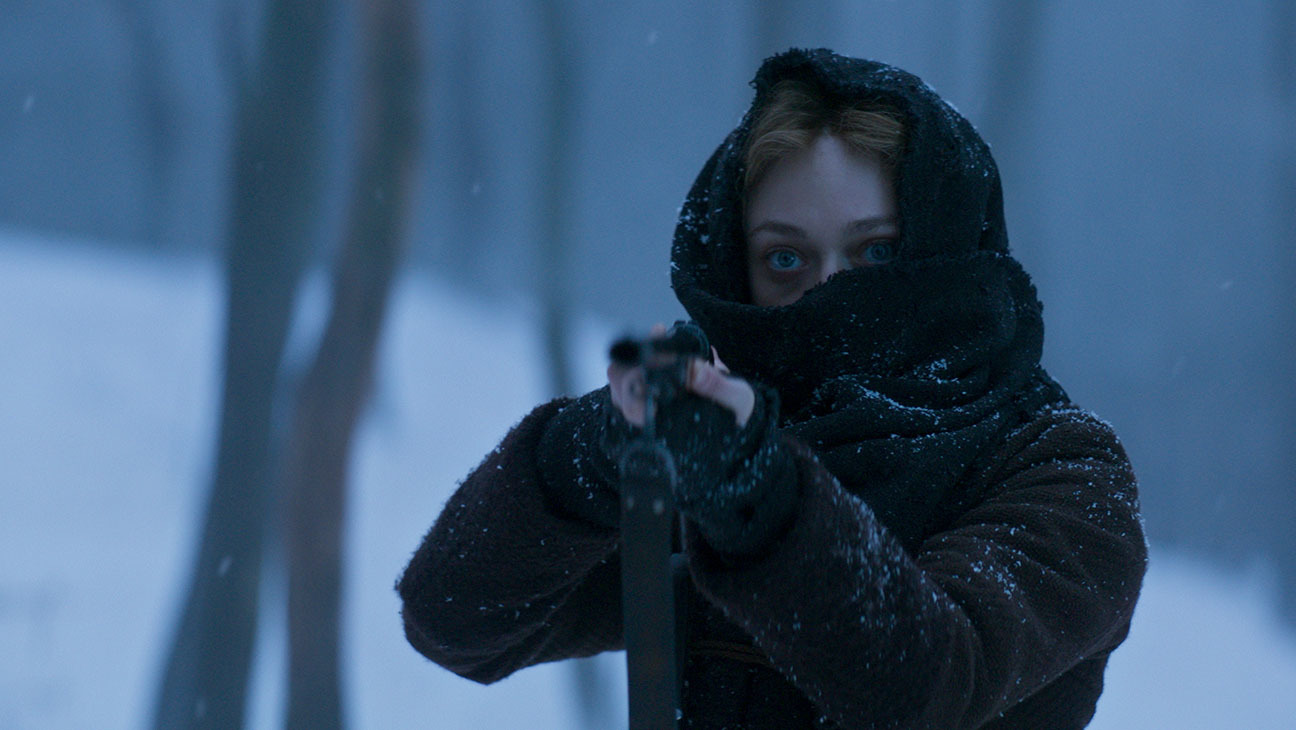
How to create scenes as authentic as possible
“On set we created a scene more or less in the following way: I would talk with the Director of Photography, Ward Trommelen, about how we wanted to shoot the scene in question after which he and his assistant would put up the lighting and camera. During the building up I would talk the scene through with the actors. I would explain the story arc and character arc of the scene in question. I would ask each actor what their characters would say or how they would react in the given situation. In this way we would create an outline of dialogue, which we would mold further during shooting. The advantage of doing this just before shooting instead of during rehearsals for example, is that the actors have very little time for processing. This way their reactions to each other on set and to the situation of the scene are as authentic as possible.”

A learning process
“This was the first time we shot a production this way. On top of that we are all still film students and starting actors. Mistakes were unavoidable. For example the workload was way too high and I feel some scenes suffered because of this. We wanted to shoot too many scenes in the four days we had. I wish we could have given the time and care the scenes needed and deserved. I learned that especially with improvisation, you need relaxation to get the most out of the cast and crew and your self as a director. Some scenes suffered technically because of time pressure, which at some moments make the film feel like a student film in my opinion. Which it is on the other hand. It’s a learning process as well.”
“In hindsight I wish I gave the movie a bit more direction before shooting. A lot of scenes were cut during editing. A big part of the story was about the backstory of the son. During editing we found this only took away from what the movie was really about: the journey of the parents. Had I thought of this before shooting, the workload would have been lighter on set and we would have had more time for the scenes that really mattered for the final result.”
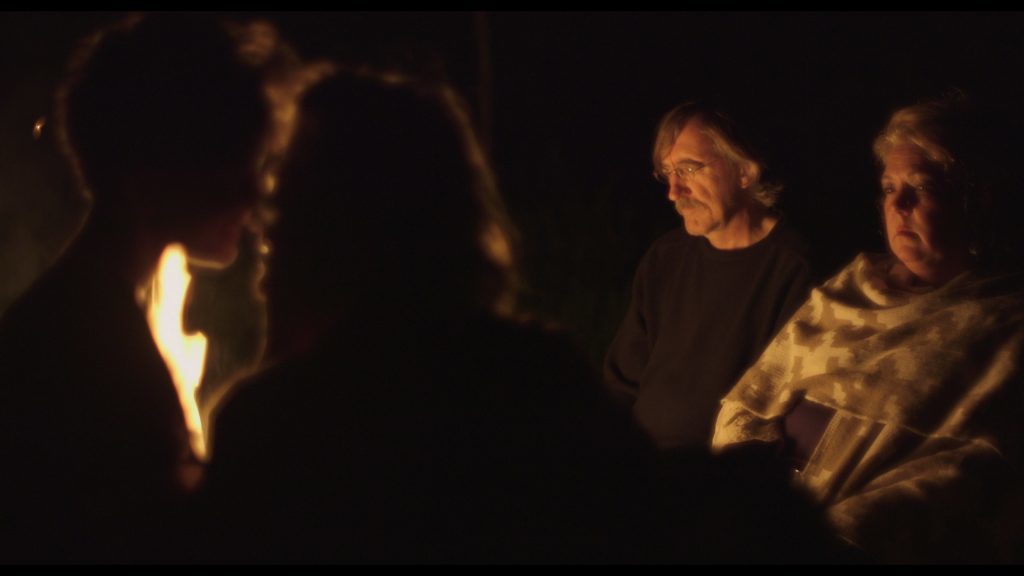
Advantages and disadvantages of certain style choices
“The tableaux vivant style for the movie I decided upon with the Director of Photography didn’t always work out perfectly as well. A big reason we chose this style in the first place was to give the actors the space to improvise and let the reactions you see be their realtime reaction without it being edited. During editing we found that a lot was told through small looks of the actors, which in hindsight we could have given a better focus with more shots.”
“The style did work in that it traps the characters inside the frame together, as they are trapped with each other on the small holiday. No matter how uncomfortable they get, they have to make it work. The tableaux vivant style also gives the audience the space to choose where to look as if they were witnessing the scenes in real life. They are challenged to make an edit in their own heads so the say.”
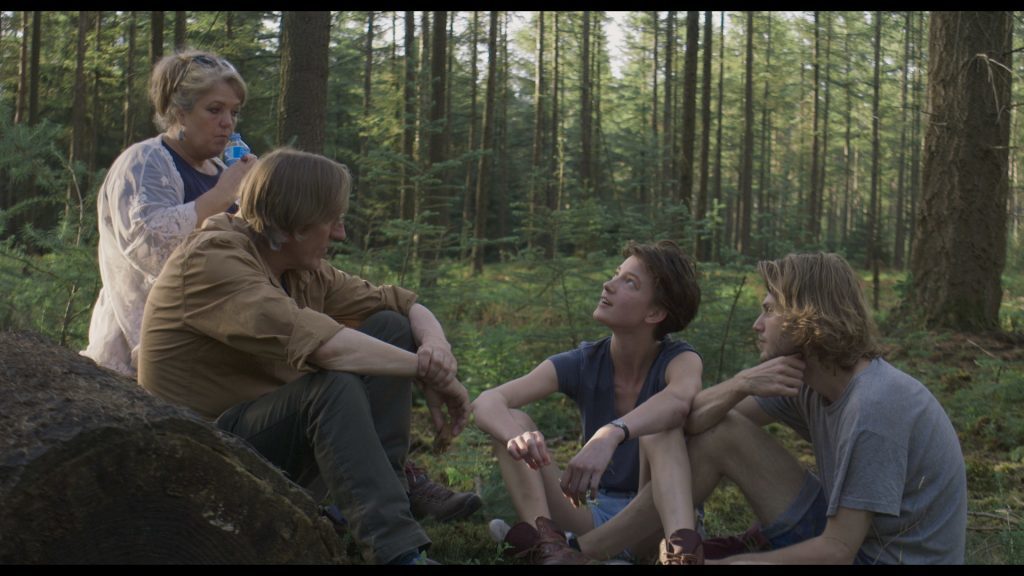
Expectations exceeded
“Even though I am happy with the end result of Bronsttijd, I still feel it is far from perfect. After my editor, Max Ploeg, urged me to do so, I sent the film to a small festival in Rotterdam. The film was received very well at the Rotterdams Open Doek Film Festival, exceeding my expectations tremendously. We even got in fifth place for the audience award out of more than eighty films. I was maybe even expecting the opposite.”
A valubale piece of advice
“I am myself still a starting director. But if I would have to give a piece of advice to other filmmakers, I would say to try and make as much films as possible. Don’t worry too much about the end result. Look back at the process afterwards and try to learn from your mistakes the next time. And if you tell stories that are truly important to you, you will find an audience to whom it is important as well. Even if your movie is far from perfect.”